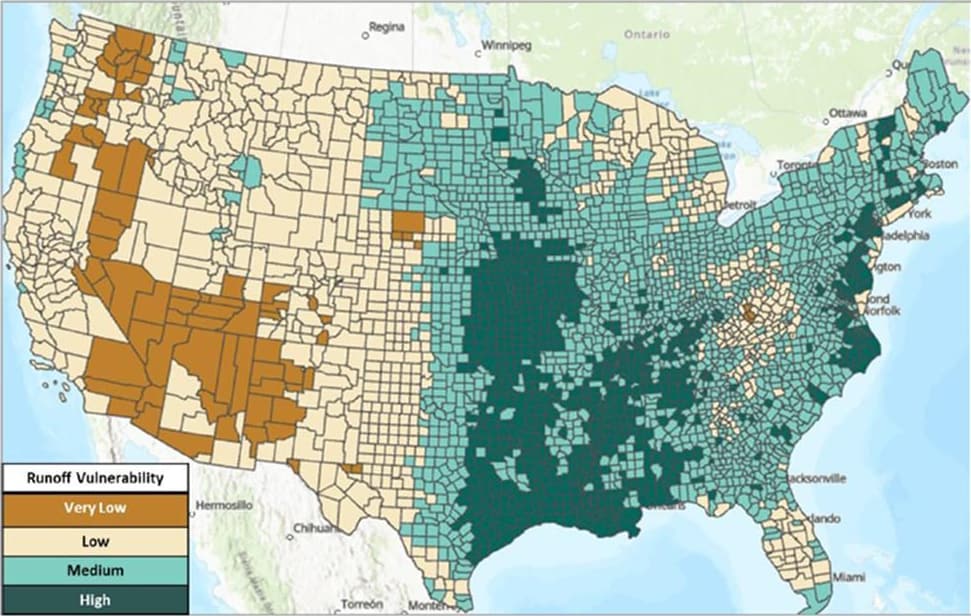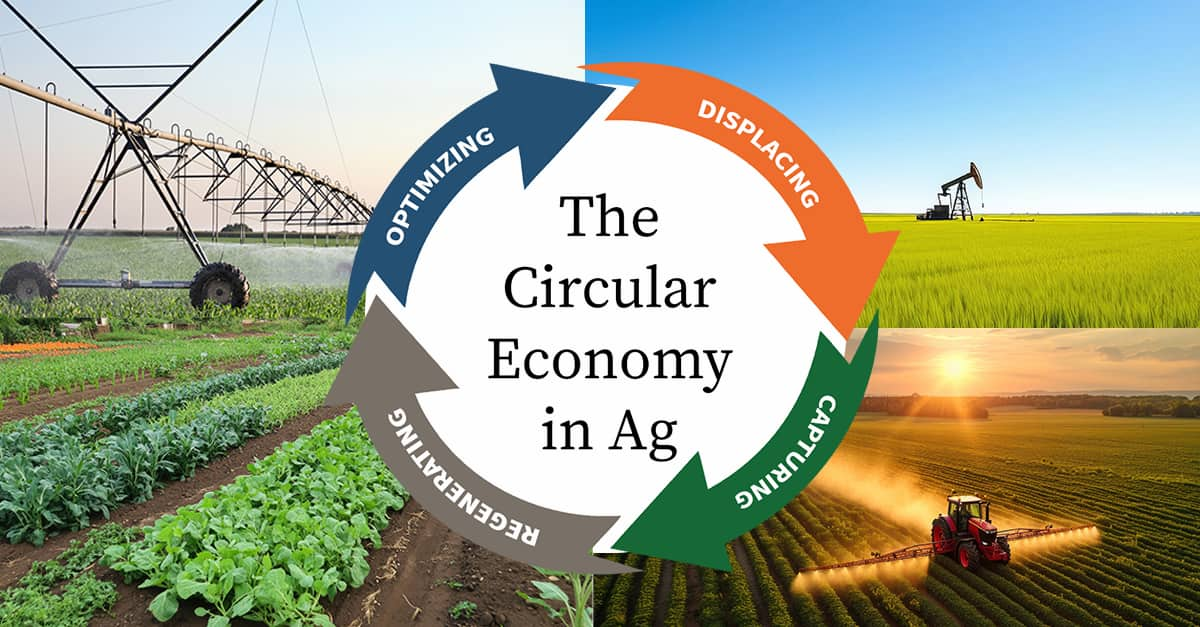The U.S. Environmental Protection Agency (EPA) has been busy in 2025 even while navigating through restructuring and downsizing. A main area of focus has been new compliance requirements for agricultural pesticide applicators, which will eventually impact all pesticide applicators. The new regulations will help identify mitigation measures on labels and how to implement land management practices. Companies need to navigate the changing landscape of U.S. agricultural regulations for successful product registrations.
New Mitigation Methods for Agricultural Products
New mitigation methods could include spray drift, runoff and erosion, and Pesticide Use Limitation Areas (PULAs). Applicators will be able to find these practices directly on the label, EPAs Bulletins Live! Two, and the mitigation menu on the EPA website.
The U.S. EPA also has been working on the introduction of “Mitigation Points”. These points are a scoring system that users earn by implementing specific field practices to reduce pesticide runoff and spray drift. According to the EPA, these points define what an applicator needs before applying the product.
After determining the points, the applicator will use mitigation measures to reduce or eliminate the need for any additional mitigations. Applicators can use the EPA mitigation menu to help calculate runoff and erosion mitigation points or spray drift buffer reductions. County based mitigation relief (see map below), annual application rate reduction, and reduction in the proportion of field treated are tools growers can use to reduce the need for additional mitigations.

| Vulnerability Category | Mitigation Relief Points |
|---|---|
| Very low (brown counties) | 6 |
| Low (yellow counties) | 3 |
| Medium (light blue counties) | 2 |
| High (dark green counties) | 0 |
U.S. EPA and USDA Staffing Changes
As stated, EPA has been completing this work while navigating more than 3,000 employee layoffs in the past year, which ultimately has led to some department eliminations. Many contacts that organizations have worked with in the past may no longer be in the same positions, or no longer with the EPA.
Additionally, while USDA is downsizing, the agency is working through the potential relocation of over 2,500 jobs that are currently based in Washington, D.C. Companies should keep these changes in mind when submitting registration requests, permits, and general inquiries as these initiatives will impact response times and may increase project timelines.
Preparing a Product for Registration and Beyond
As crop production technologies move to early development stages, to new uses or to new markets, regulatory strategy and pathways also must evolve. Accessing the extensive global and biological AgriThority® network can help set direction and define requirements for dossier preparation, submission and tracking. The permitting, logistics, importation and compliance needs are critical considerations when moving innovations across borders.
The regulatory environment for agricultural biologicals continues to evolve. For timely and cost-effective launches, AgriThority® support can help navigate the many regional differences that can be crucial to reduce risks. Tailored regulatory solutions are designed by AgriThority experts to meet the specific needs and goals of your product.
Reach out to the team to learn more about our end-to-end regulatory support that goes beyond planning through execution toward commercialization.


